We independently evaluate all recommended products and services. If you click on links we provide, we may receive compensation.
Dermatologists often say that the best sunscreen is the one you’ll use every day. But actually finding a sunscreen that feels good on your skin, layers well under makeup, and doesn’t leave a white cast can be a challenge, especially if you’re on a budget.
Many Asian sunscreens, specifically those from Korea and Japan, tick all of these boxes — and more. It shouldn’t come as a huge surprise; Asian skin care is well regarded for its focus on quality ingredients, high-tech delivery systems, and efficacy. And sunscreen is one of the areas in which Asian beauty truly shines. To further explain the differences between Asian-made and American-made sunscreens, we tapped esthetician Kyoko Getz, director of education at Shiko Beauty. Read on and discover a few of our favorite Asian sunscreens worth adding to your cart.
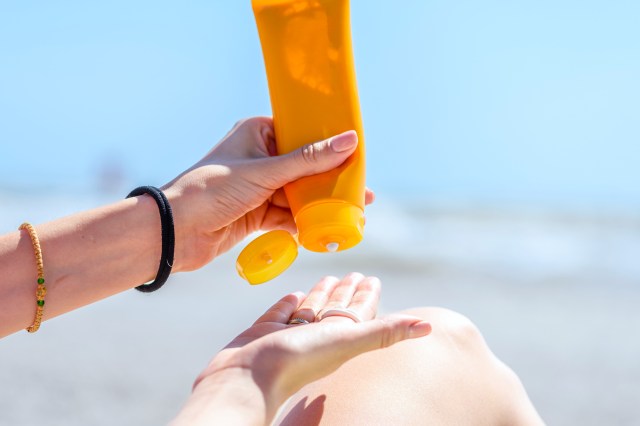
Are Asian Sunscreens Better Than American Sunscreens?
Not all sunscreens are created equally — and generally speaking, Asian-made sunscreens tend to provide more thorough sun protection (and skin benefits) than American-made sunscreens.
Before we get into the why, a little background is needed. According to the Skin Cancer Foundation, there are two types of ultraviolet radiation that can damage your skin: UVA rays and UVB rays. Exposure to the former can lead to concerns such as wrinkling, skin discoloration, and sagging, while exposure to the latter can lead to sunburns, and exposure to either can increase your cancer risk.
In the United States, sunscreens are measured in terms of SPF, or sun protection factor — which measures how well a given formula protects against UVB rays. While broad-spectrum formulas protect against UVA rays, too, there’s no measurement system in place to describe just how much protection they offer.
By contrast, Japanese and Korean sunscreens “include both SPF (sun protection factor) and PA (protection grade of UVA) information on the product label,” Getz says. The PA rating is denoted by a plus sign — so a PA++++ sunscreen will offer more robust protection against UVA-induced skin concerns than a PA+ formulation with the same SPF.
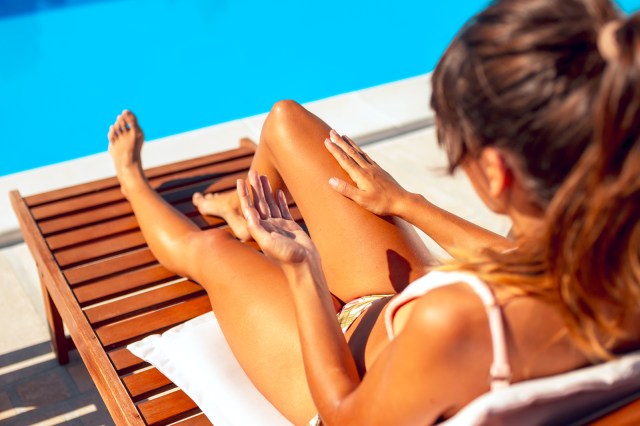
How Do Ingredients in Asian Sunscreens and American Sunscreens Differ?
All sunscreens use mineral filters, chemical filters, or both to help protect the skin against UV rays. In the United States, only two ingredients are officially recognized as safe and effective by the United States Food and Drug Administration (FDA): zinc oxide and titanium dioxide. Both are mineral filters and can sometimes leave behind a chalky-looking white cast. There are about 16 other sunscreen ingredients that are FDA regulated., but the FDA says there’s not enough data to determine whether they’re 100% safe. Moreover, some of these SPF ingredients used in the U.S. are associated with safety concerns — in fact, Hawaii banned octinoxate and oxybenzone in 2018 after some studies showed the widely used chemical filters can damage coral reefs.
Asian sunscreen, on the other hand, often features “advanced UV filters” that aren’t yet available in the U.S., Getz says. (She’s particularly fond of Tinosorb and Uvinul for their “broad-spectrum coverage and stability.”) And while American-made sunscreen tends to be fairly utilitarian, Asian beauty brands often employ “innovative technology to make sunscreen hypoallergenic and multifunctional.” The result is an elegant-feeling product that protects your skin while helping to hydrate, nourish, and soothe it.
Shop the trend:
At the end of the day, FDA-approved sunscreens made in the United States will help protect your skin from the sun when used as directed. But if you’re looking for a product that offers additional skin benefits, Asian-made sunscreen may be the way to go. Here are a few of our favorite formulas.
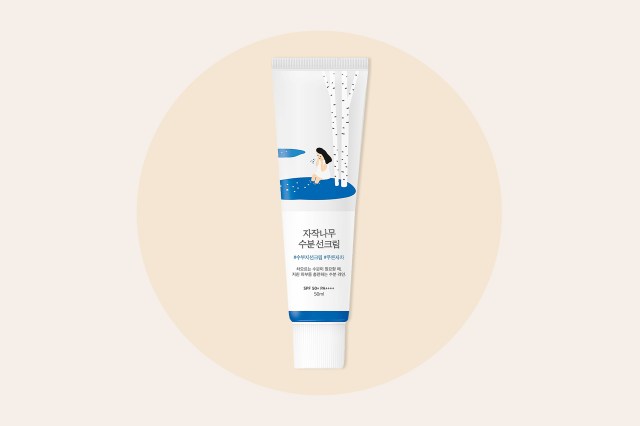
1. Round Lab Birch Juice Moisturizing Sunscreen SPF 50+ PA++++
Featuring a hydrating blend of hyaluronic acid, allantoin, birch sap, and purslane extract, this creamy yet lightweight sunscreen moisturizes, soothes, and helps nourish the skin — all while protecting it from UVA rays, UVB rays, and blue light (like the kind emitted by your phone or computer).
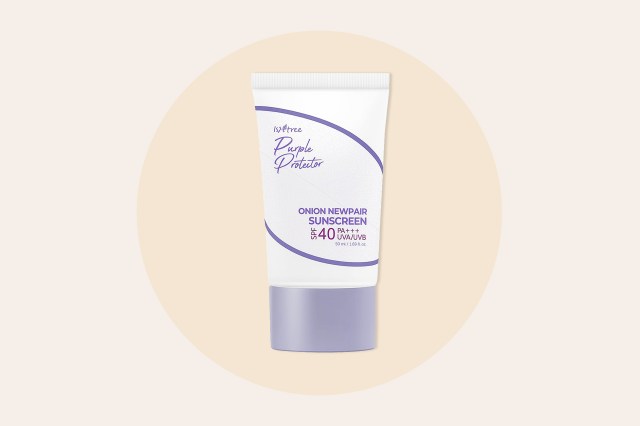
2. Isntree Onion Newpair Sunscreen SPF 40 PA++++
A purple sunscreen?! Yes! This unique lavender option is great for those with oily and acne-prone skin. It’s noncomedogenic and even helps smooth and reduce the formation of blemishes. We love that it absorbs easily without a sticky or greasy feel — the long-lasting skin benefits are just a bonus.
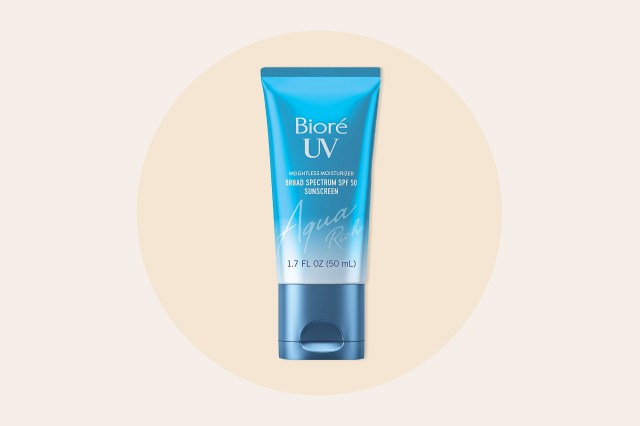
3. Bioré UV Aqua Rich Weightless Moisturizer SPF 50 PA++++
This ultra-light sunscreen from Japanese brand Bioré is a great pick for those with oily skin, as it hydrates and protects without leaving the skin feeling greasy. The hyaluronic acid-infused formula sinks into the skin instantly, providing up to eight hours of visible moisture while shielding against damaging UVA and UVB rays.
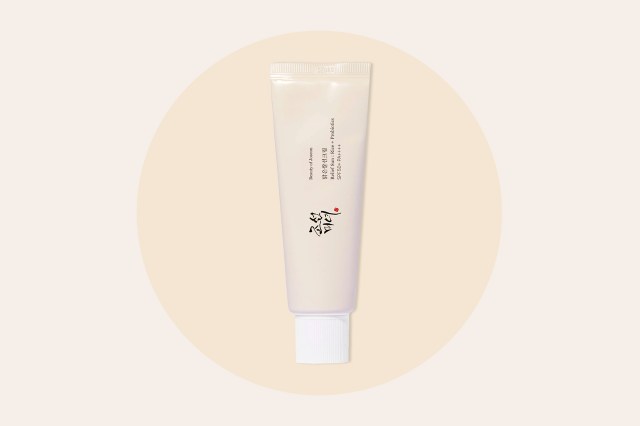
4. Beauty of Joseon Relief Sun: Rice + Probiotic SPF 50+ PA++++
More than 221,000 tubes of this cult-favorite sunscreen have been sold on Stylevana — and it’s not hard to see why. Containing 30% vitamin and mineral-rich rice extract, the creamy yet lightweight formula hydrates, soothes, and nourishes the skin, leaving it looking hydrated and glowy (but never greasy). It also layers beautifully under makeup.
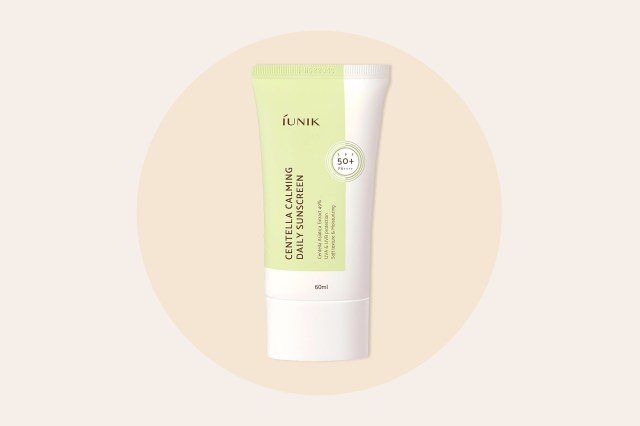
5. IUNIK Centella Calming Moisture Daily Sunscreen SPF 50+ PA++++
If American-made sunscreens tend to leave your skin feeling irritated, we suggest giving this lightweight Korean option a try. It’s formulated with a slew of skin-soothing ingredients (including beta-glucan, Centella asiatica extract, and niacinamide) and helps calm sensitive skin while shielding it against harmful UV rays.
This article is for general informational purposes only.
Affiliate Disclaimer Medical Disclaimer



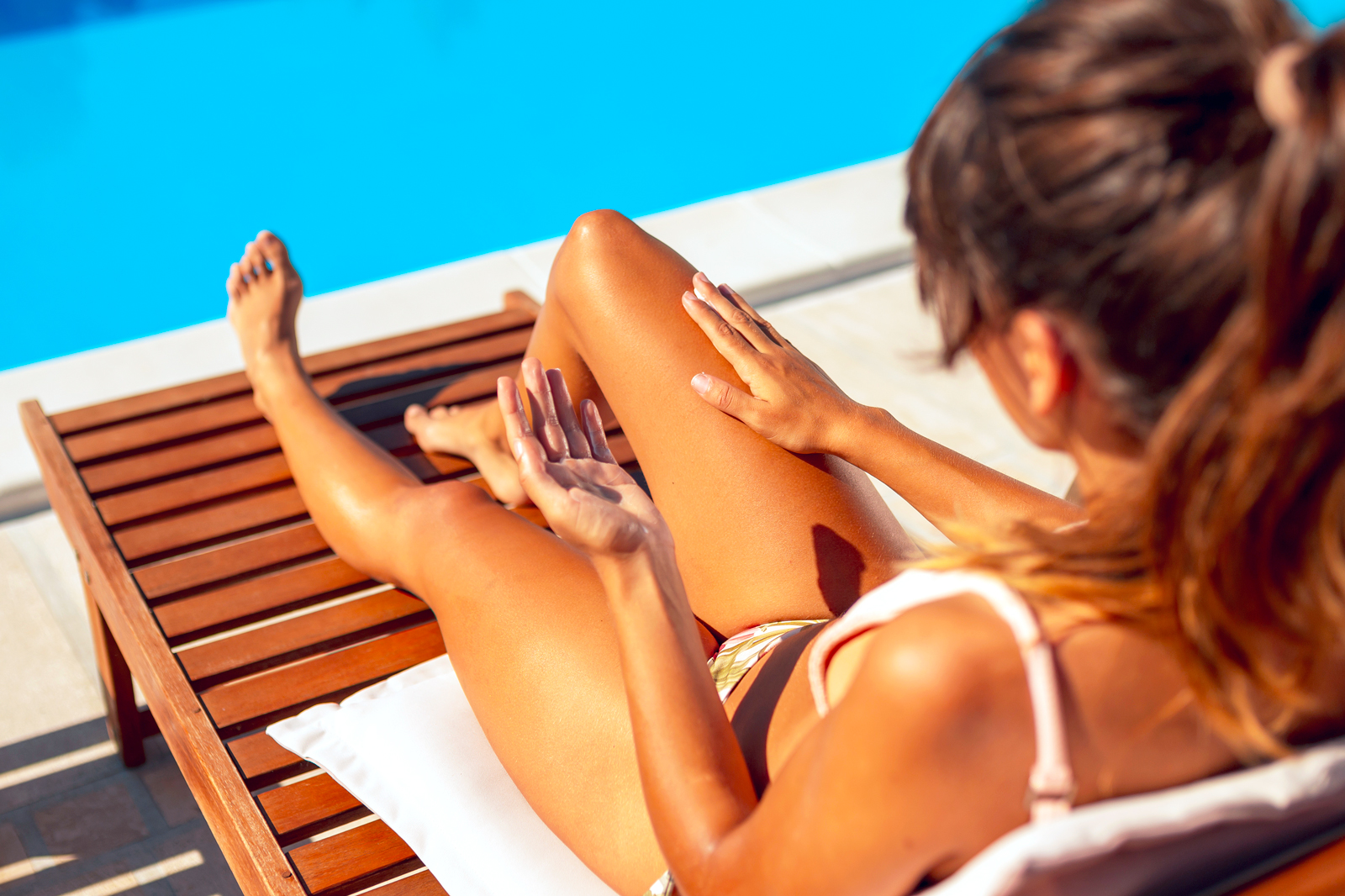
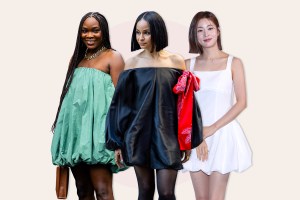
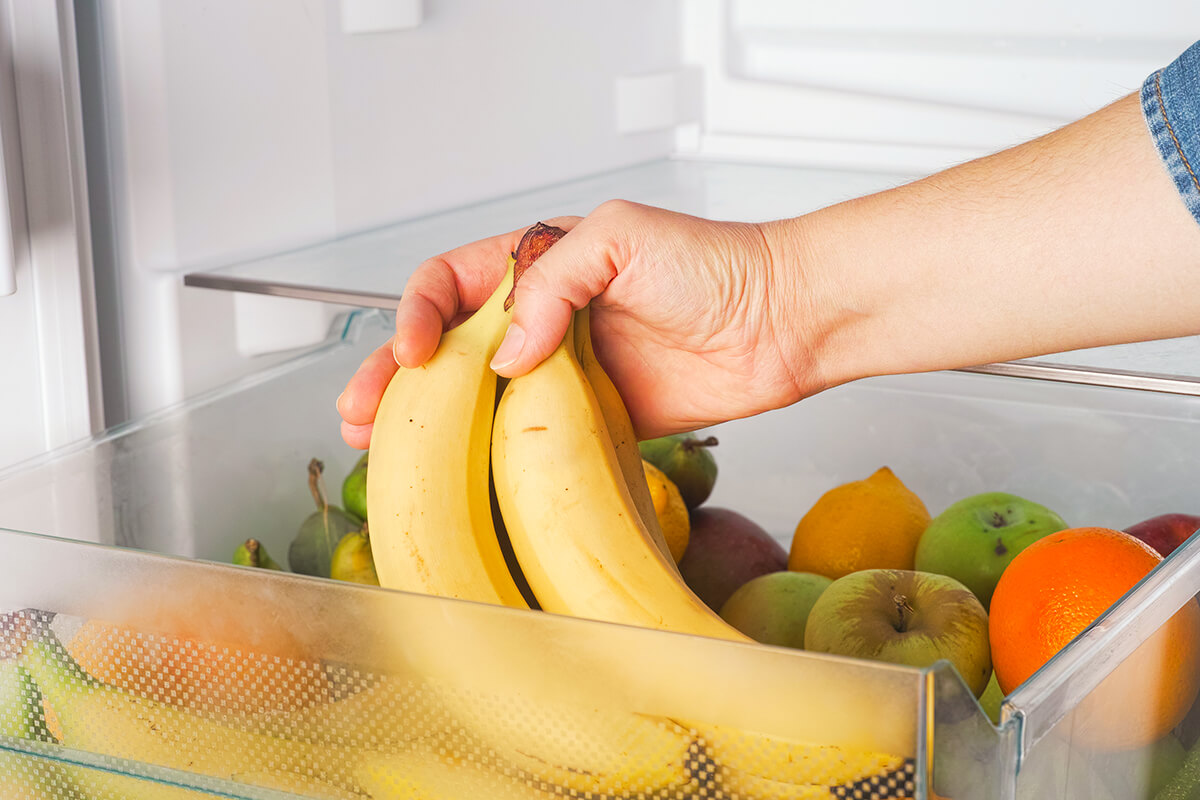
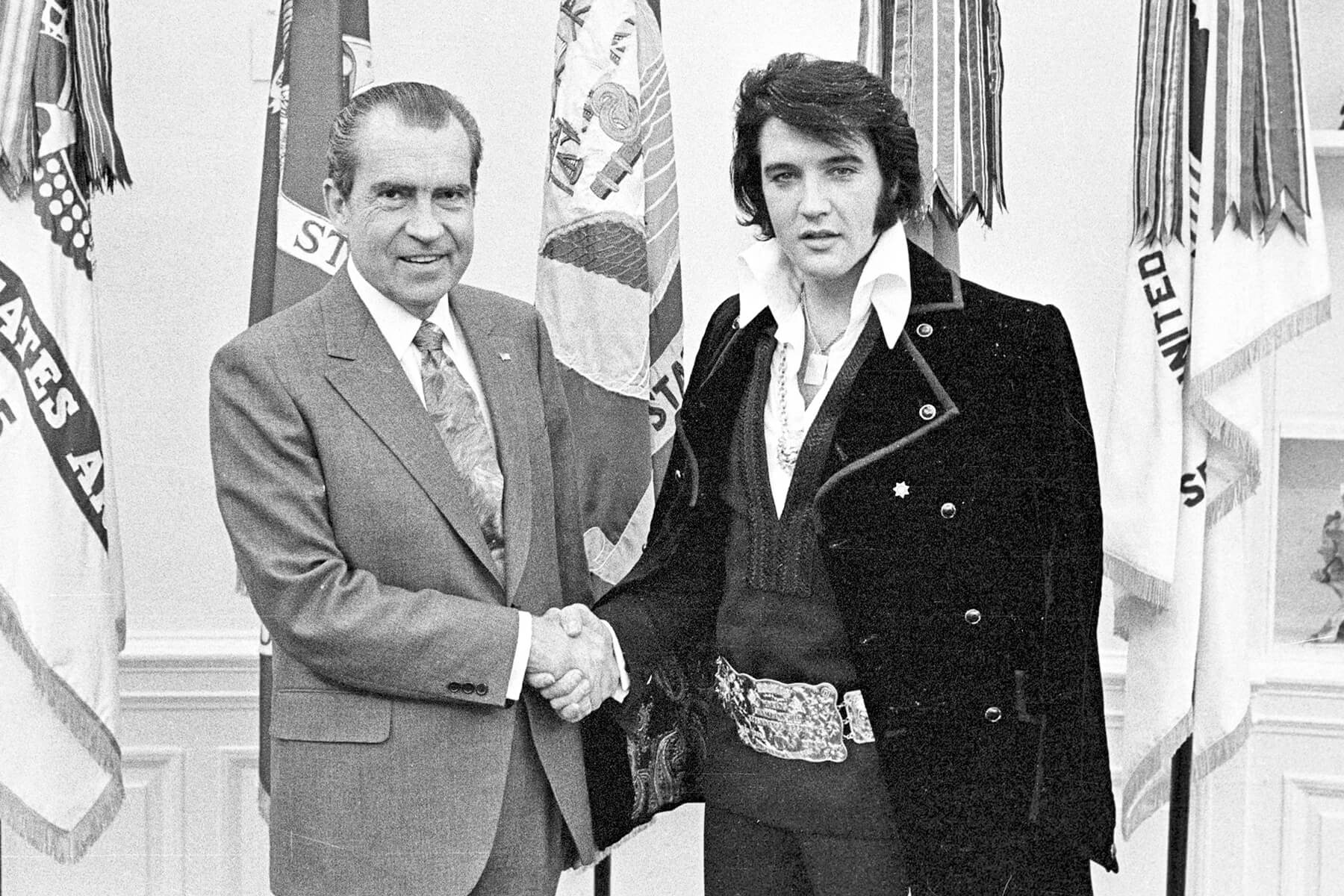
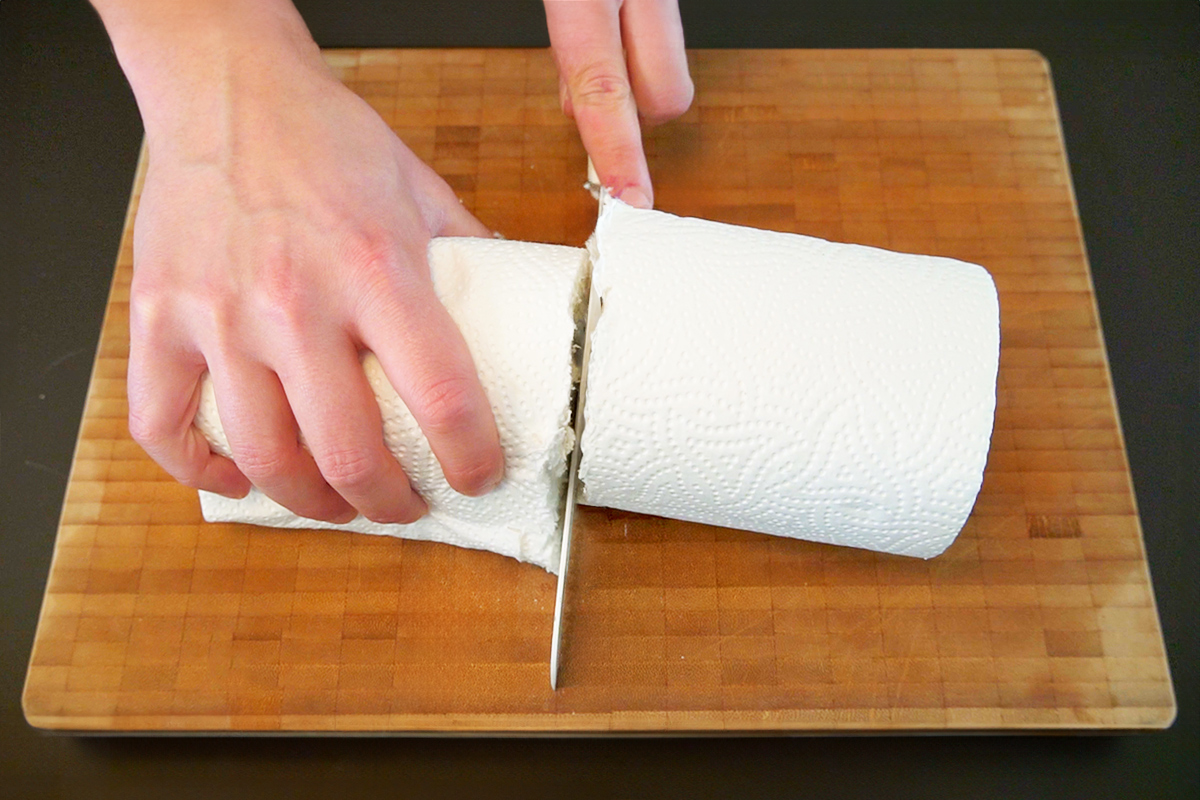
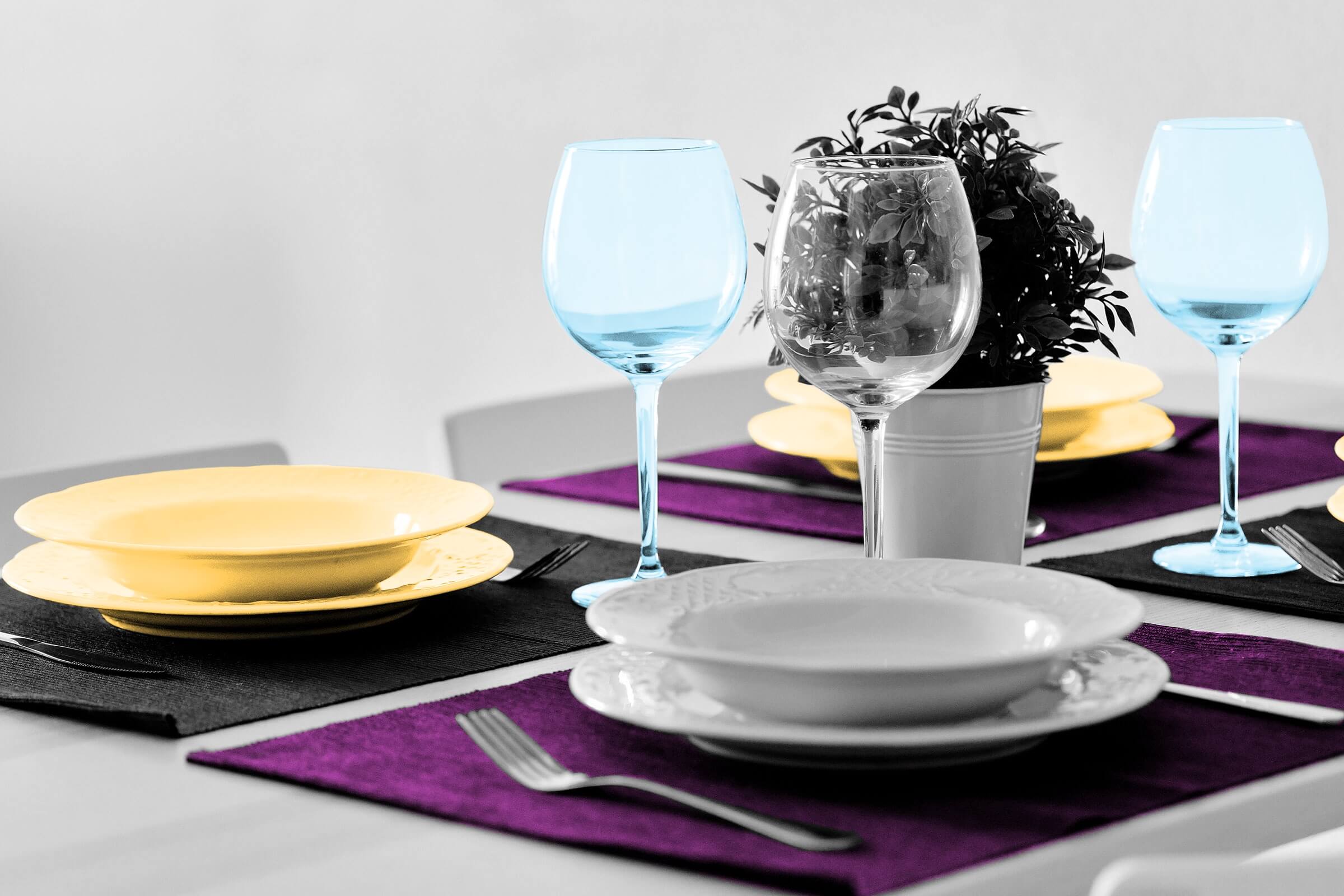

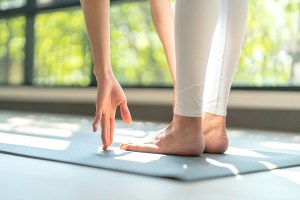
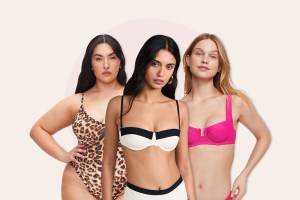
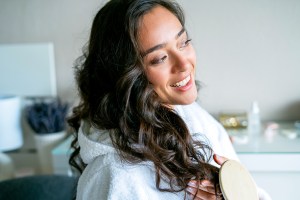
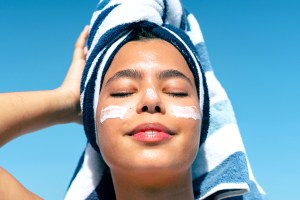
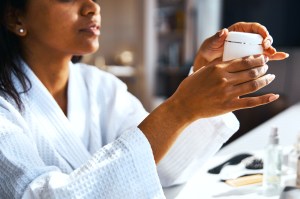

 Unique Beauty is free for all users.
Unique Beauty is free for all users.